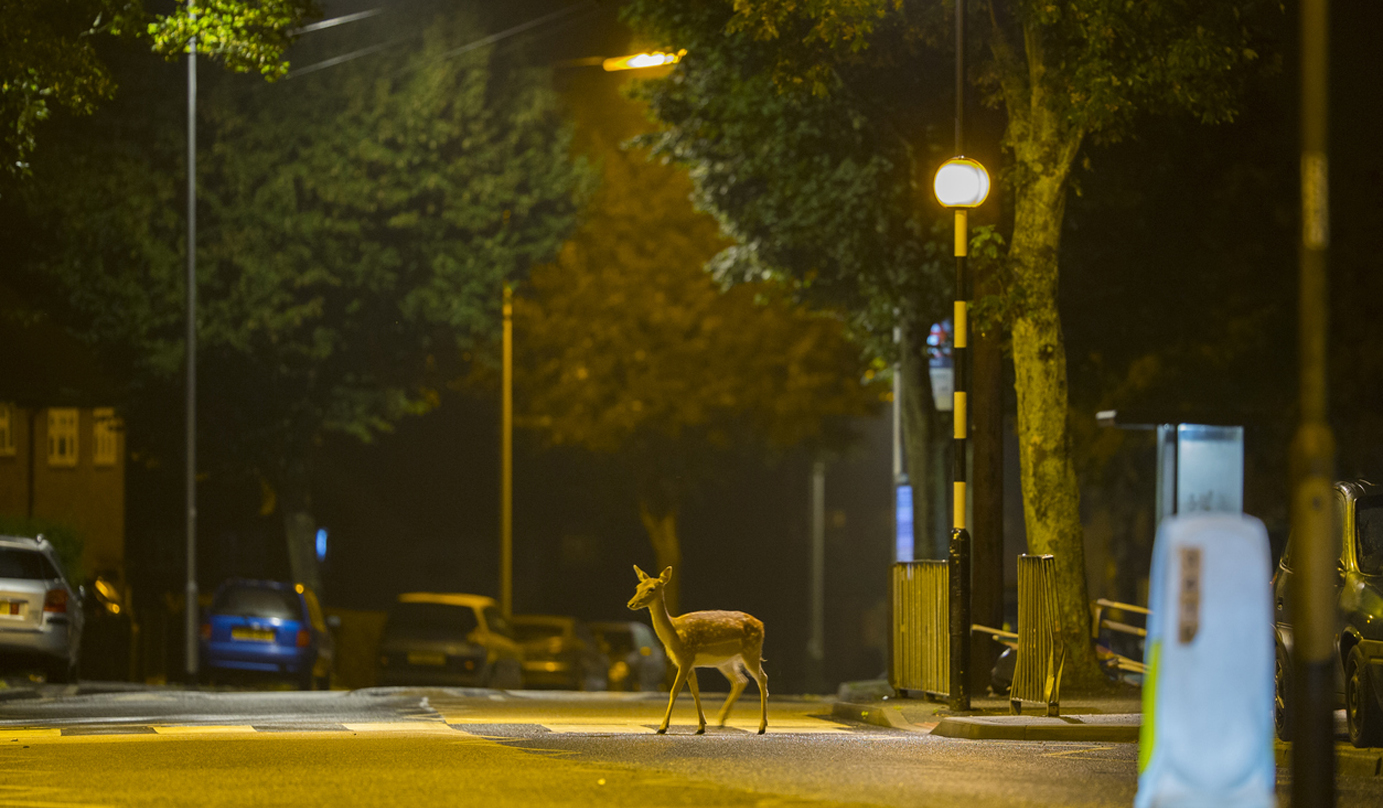
What do coyotes, bears, and geese have in common? They're considered pests in many urban cities. But are they really pests? Since centuries ago, humans have been encroaching on wildlife territory. To many animals that live near humans, we are pests. Humans are the ones that invaded their space and made it our own.

Coyotes look like an animal between a fox and a dog. Many urban cities lie adjacent to the natural environments that coyotes call home. This makes these cities hotbeds for coyote activities. Coyotes are really smart animals, and they can adapt to new changes. In the wild, coyotes mainly eat small animals like mice and rabbits. Coyotes can be great for small pest control.

The coyote population has been increasing in urban areas. They are able to seek out food sources that humans leave behind and avoid humans at the same time. Coyotes have learned to visit urban areas at night, when there is less human activity.

Many people consider them a menace. Some coyotes can carry parasites that make humans sick. They can also kill livestock such as sheep and fowl.

Some places execute annual culls. Traditional lethal ways to remove coyotes include trapping, poisoning, and shooting. However, these methods could harm humans and their pets too. Due to the clever nature of coyotes, they will also quickly learn their way around these traps and avoid them. It's also pointless to kill the coyotes, because more coyotes would just take their place.

Many cities favor non-lethal methods of coyote removal. These methods involve conditioning in order to change the way the coyotes behave. The idea is to make human encounters undesirable for coyotes. These non-lethal methods have been shown to curb coyote visits in urban centres.

The bear is another animal that lives in close proximity to humans. Bears often come down to cities to look for food in trash bins and in the farmers' fields. They might look fluffy and cute, but they are extremely strong and can be very dangerous. An adult bear can run up to 65km per hour! In Maple Ridge, BC in Canada, a family was very surprised to look out their back window and see a bear in their truck!

Canadian geese are loud and aggressive. These geese can cause some serious injuries if they decide to attack humans and their pets. The Canadian geese also carry bacteria, especially in their droppings. These kinds of bacteria can cause many serious diseases in humans.

What can city dwellers do to discourage visits from these pests? We can keep all our food and food scraps indoors. It is also a good idea to keep pet food indoors, so that it doesn't attract wild animals. We can take out the garbage on collection day.

Some cities issue fines for violations. If residents are found to not abide by the rules, they could be fined. It is our responsibility to make sure our trash doesn't attract wildlife.

Not all pests are native to their present-day areas. Some invasive species are a threat to the native species and the biodiversity. Many island ecosystems are more prone to invasion, because they don't have natural predators on the island.

These invasive species can cause the loss of biodiversity. Unfortunately, this is becoming more common due to increases in tourism and globalization. For example, on many islands small birds are flightless. They do not need to fly, since there are no predators to fly away from. The birds cannot readily or easily escape if a predator is introduced, such as the brown tree snake. An introduction of an invasive species could have serious ramifications. If left unchecked, the birds could go extinct.